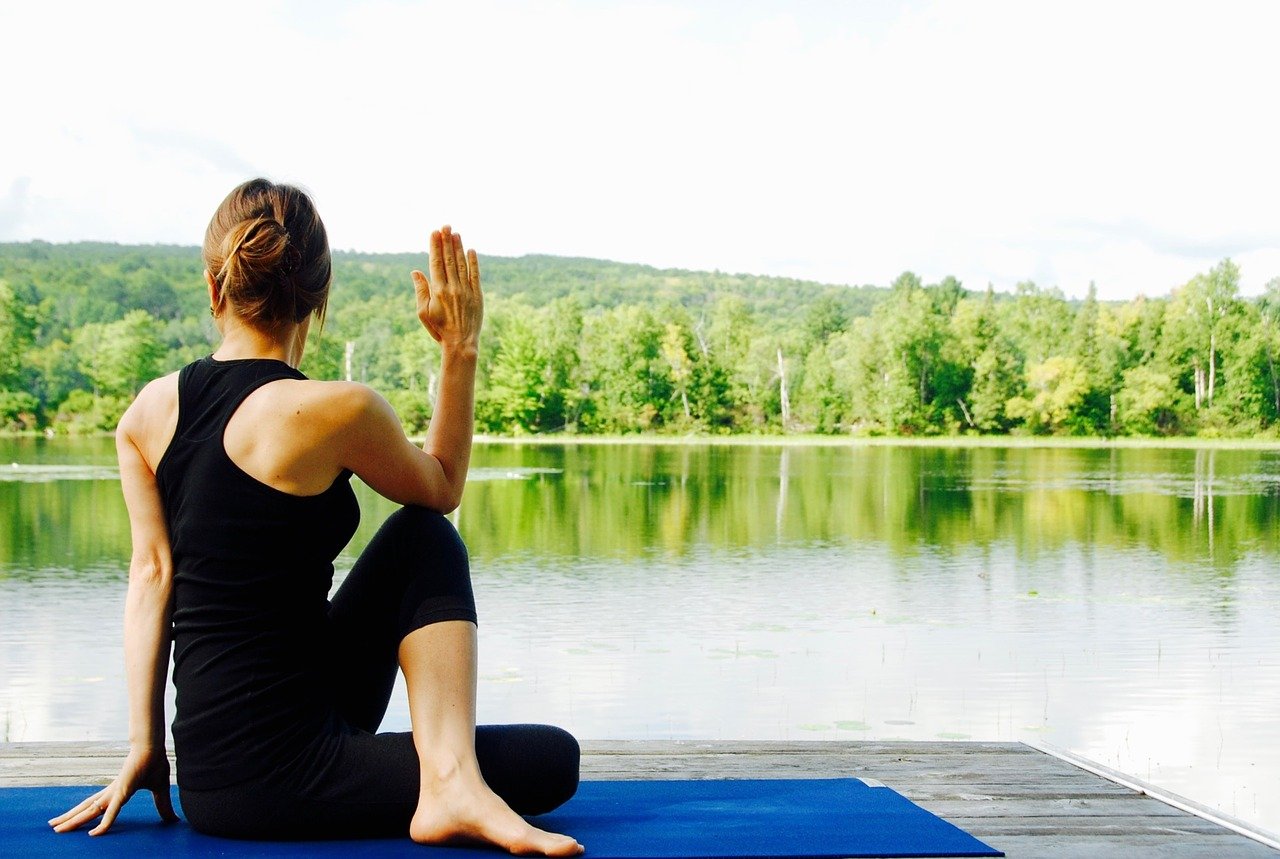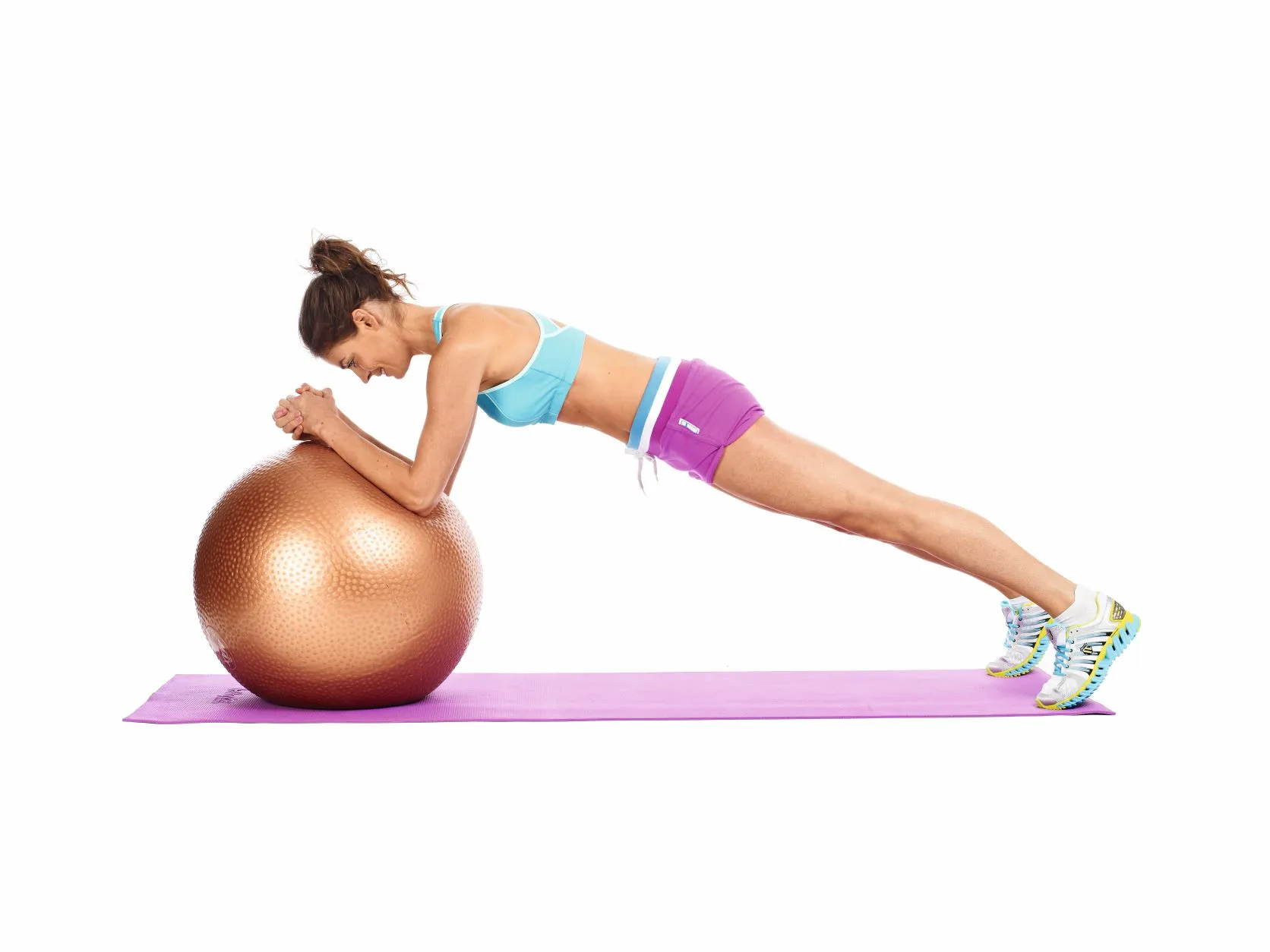WorkOuts
Functional Fitness Exercises
Functional Fitness Exercises: Enhancing Your Physical Performance and Daily Life
Functional fitness exercises have gained significant popularity in recent years due to their ability to improve overall physical performance and enhance daily life activities. Unlike traditional workout routines that focus on isolated muscle groups, functional fitness exercises emphasize movements that mimic real-life activities and engage multiple muscle groups simultaneously. In this article, we will explore the concept of functional fitness, discuss its benefits, and provide a comprehensive list of non-plagiarized functional fitness exercises that you can incorporate into your training regimen.
Understanding Functional Fitness:
Functional fitness is a training approach that emphasizes movements and exercises that mimic real-life activities, such as lifting, pushing, pulling, twisting, and bending. The goal is to improve your ability to perform these activities efficiently and safely, leading to enhanced physical performance and a better quality of life. Unlike traditional gym exercises that isolate specific muscle groups, functional fitness exercises focus on integrating multiple muscle groups and joint movements, replicating the demands of daily life and sport-specific activities.
Benefits of Functional Fitness Exercises:
1. Improved Functional Performance: Functional fitness exercises target movements and muscle groups that are commonly used in daily life, such as squatting, lifting objects, climbing stairs, or carrying groceries. By training these movements specifically, you can improve your overall functional performance and make everyday tasks easier and more efficient.
2. Increased Stability and Balance: Many functional fitness exercises involve dynamic movements and require you to engage your core muscles to stabilize your body. This leads to improved balance, coordination, and proprioception (awareness of your body in space), which can help reduce the risk of falls and injuries, especially in older adults.
3. Enhanced Strength and Power: Functional fitness exercises typically involve compound movements that engage multiple muscle groups simultaneously. This leads to improved overall strength and power development, as well as increased muscular endurance. By training movements rather than individual muscles, you develop functional strength that translates into improved performance in various activities and sports.
4. Injury Prevention: Functional fitness exercises focus on improving movement patterns, joint mobility, and stability. By strengthening the muscles and connective tissues around your joints and improving your body’s overall movement mechanics, you can reduce the risk of injuries, such as strains, sprains, and overuse injuries.
5. Efficient Workouts: Functional fitness exercises often combine cardiovascular conditioning, strength training, and core stability into a single exercise or movement pattern. This allows you to maximize your workout time and achieve multiple fitness goals simultaneously. Functional workouts can be challenging and time-efficient, making them suitable for individuals with busy schedules.
List of Functional Fitness Exercises:
1. Squats: The squat is a fundamental functional exercise that engages the muscles of the lower body, including the quadriceps, hamstrings, glutes, and calves. It mimics the movement of sitting and standing, making it highly applicable to daily life activities.
2. Lunges: Lunges target the muscles of the lower body, including the quadriceps, hamstrings, glutes, and calves. They help improve balance, stability, and coordination while working the muscles in a functional manner.
3. Push-Ups: Push-ups engage the muscles of the upper body, including the chest, shoulders, triceps, and core. They improve upper body strength, stability, and muscular endurance, replicating the pushing motion commonly used in daily activities.
4. Pull-Ups/Assisted Pull-Ups: Pull-ups target the muscles of the upper body, particularly the back, shoulders, and arms. They improve upper body strength, grip strength, and overall pulling ability.
5. Deadlifts: Deadlifts target the muscles of the lower body, including the hamstrings, glutes, quadriceps, and lower back. They simulate the movement of lifting objects from the ground and strengthen the posterior chain muscles, promoting better posture, core stability, and overall functional strength.
6. Planks: Planks are a core exercise that engages the muscles of the abdominals, back, and shoulders. They improve core stability, spinal alignment, and overall body control, making them essential for functional movements and injury prevention.
7. Medicine Ball Throws: Medicine ball throws involve explosive movements and engage the muscles of the upper body, core, and lower body. They improve power, coordination, and rotational strength, which are essential for sports and daily activities that require throwing or twisting motions.
8. Farmer’s Walk: The farmer’s walk is a functional exercise that involves carrying weights (such as dumbbells or kettlebells) in each hand while walking. It targets the muscles of the grip, forearms, shoulders, and core, promoting overall strength and stability.
9. Step-Ups: Step-ups simulate the action of climbing stairs or stepping onto a higher surface. They target the muscles of the lower body, particularly the quadriceps, hamstrings, glutes, and calves, improving lower body strength and balance.
10. Standing Shoulder Press: The standing shoulder press targets the muscles of the shoulders, triceps, and core. It replicates the pushing motion used in activities like lifting objects overhead, improving upper body strength and stability.
11. Kettlebell Swings: Kettlebell swings are dynamic exercises that engage the muscles of the hips, glutes, hamstrings, and core. They improve power, hip mobility, and overall functional strength.
12. Battle Ropes: Battle ropes involve waving or slamming heavy ropes in various patterns. This exercise engages the muscles of the upper body, core, and cardiovascular system, improving muscular endurance, coordination, and cardiovascular fitness.
13. Box Jumps: Box jumps require explosiveness and lower body power. They involve jumping onto a box or elevated surface, targeting the muscles of the legs and improving lower body strength, power, and coordination.
14. TRX Rows: TRX rows use suspension straps to perform rowing motions. This exercise targets the muscles of the back, shoulders, and arms, improving upper body strength, posture, and stability.
15. Stability Ball Rollouts: Stability ball rollouts engage the muscles of the core, shoulders, and arms. They improve core strength, stability, and overall body control.
16. Burpees: Burpees are full-body exercises that combine a squat, push-up, and jump. They improve cardiovascular fitness, muscular endurance, and full-body coordination.
17. Single-Leg Romanian Deadlifts: Single-leg Romanian deadlifts target the muscles of the hamstrings, glutes, and lower back, while also improving balance, stability, and proprioception.
18. Bicycle Crunches: Bicycle crunches are effective for targeting the abdominals, obliques, and hip flexors. They improve core strength and rotational stability.
19. Bear Crawls: Bear crawls involve crawling on all fours, engaging the muscles of the shoulders, core, and lower body. They improve coordination, stability, and total body strength.
20. Agility Ladder Drills: Agility ladder drills focus on footwork, speed, and coordination. They enhance agility, quickness, and neuromuscular coordination, which are crucial for various sports and daily movements.
Conclusion:
Functional fitness exercises offer numerous benefits for improving physical performance, enhancing daily life activities, and reducing the risk of injuries. By incorporating these non-plagiarized exercises into your training regimen, you can develop functional strength, stability, and mobility, leading to improved overall fitness and a better quality of life. Remember to consult with a qualified fitness professional before starting any new exercise program, especially if you have pre-existing medical conditions or injuries. Embrace the functional fitness approach and unlock your






